Olympus 25mm F/1.2 vs 25mm F/1.8 Lens Review
Part I - The Olympus 25mm F/1.2 Pro
Contents
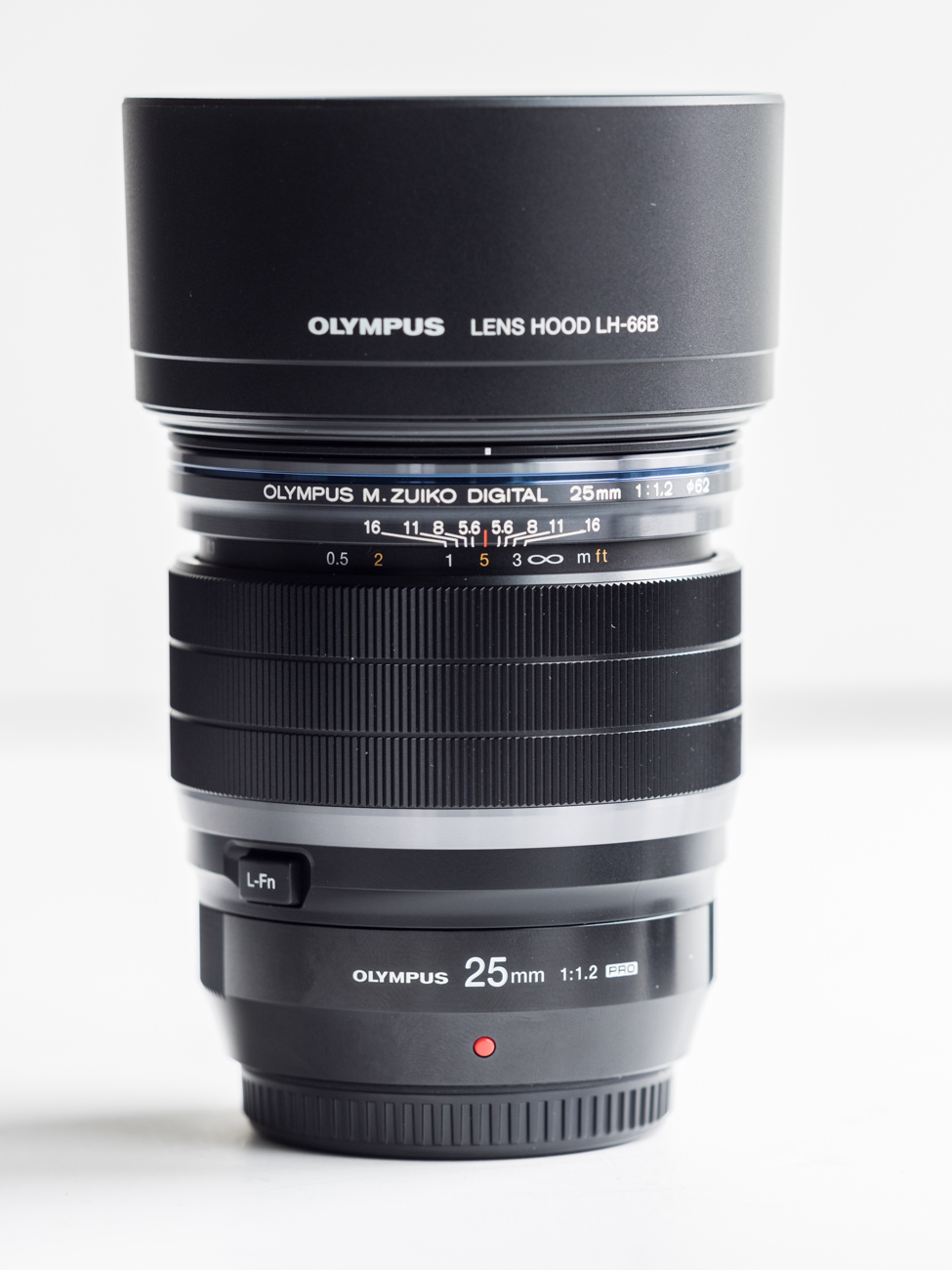
The 25mm lens is what we have come to know as a “normal” lens. A lens with a viewing perspective similar to how our eye renders. This has been the staple prime lens on cameras for ages. This is the equivalent of a 50mm on 36mm film, roughly an 80mm lens on medium format, etc… Basically about 39 degrees horizontal field of view.
There are many famous lenses of this style over the years and it has traditionally been a go-to focal length for many people. I know for certain the 25mm Pro will become a go-to lens for many users.
As you seen in the above photo, the lens comes with a hood. The hood has a release button on the left side only. It’s small and unlikely to get pressed by accident. The lens has a function button, a tank for a body, and a manual focus clutch. It is also weather sealed. Typical Olympus Pro features.
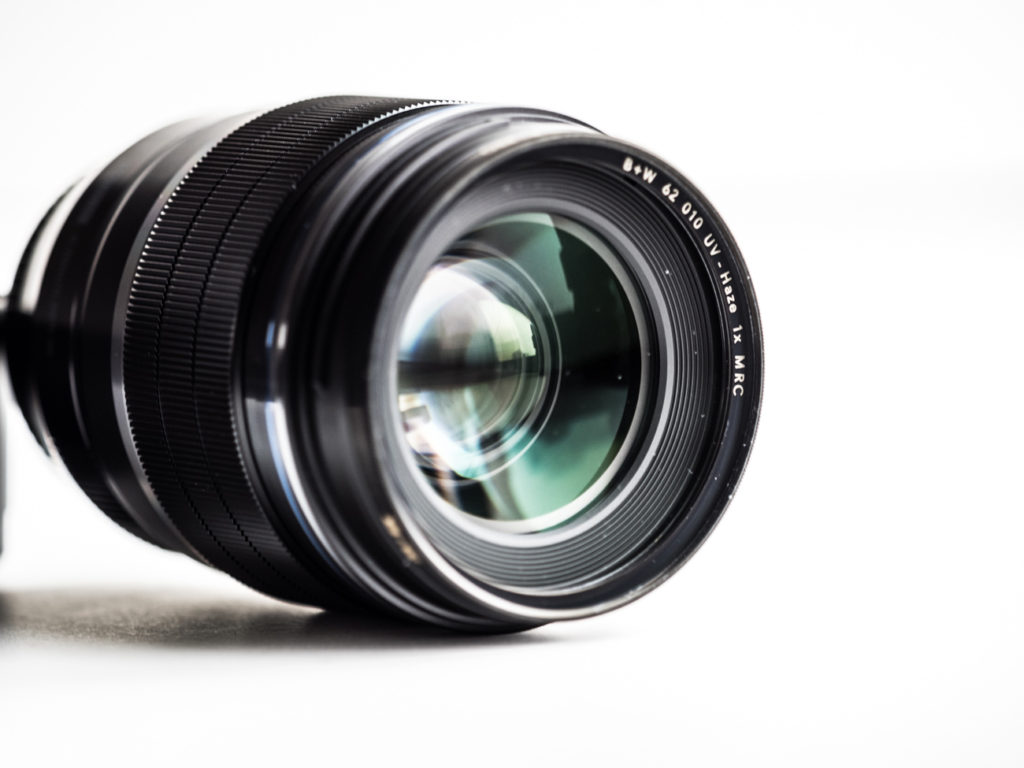
The lens has a 62mm front filter which is nice because it shares that with the 12-40mm Pro. That’s not all it shares though…it shares it’s size. The 25mm Pro is slightly taller, slightly wider, and slightly heavier than the 12-40 Pro. This is one seriously large prime lens. Relatively speaking however, as it is F/1.2 and many primes of this kind at that speed or even slower have been much bigger. Well done Olympus for squeezing this much glass and function into a lens this size. Then again…Olympus is known for that right?
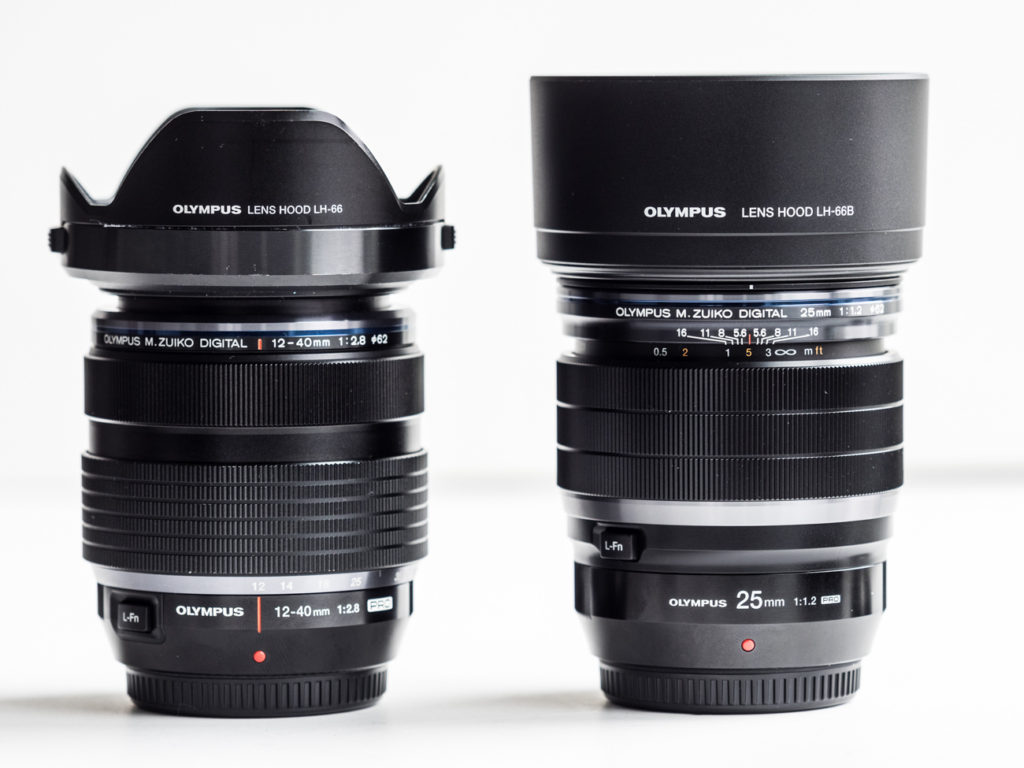
Overall the lens has an excellent feel in hand. Very solid, very balanced with a camera and not overly large. It just feels right. I will have to say this though…Olympus nailed the focus clutch this time! Absolutely nailed it. There is nothing higher I can praise but how perfect Olympus made the manual focus on the 25mm. It is so smooth that I thought I was using a real mechanical lens for a moment! Since drive by wire came manual focus has never been the same. It just doesn’t seem as smooth, or sometimes there is a slight delay or stepping of focus. Often focus was smoother without the clutch engaged in most Olympus lenses. The 25mm pro with the manual focus clutch engaged is the smoothest manual focus I have ever experienced on a focus-by-wire camera. Absolutely a pleasure. Olympus needs this to be their benchmark for all future and current lenses they make when it comes to manual focus. Absolute joy.

By the way, all images from here on out are at F/1.2 because…why else do you buy an F/1.2 lens? I certainly don’t need it for F/8. Take a look at this depth of field? Focus is on the cat’s nose. This looks like a macro lens style depth of field! Just a sliver. Yes, this 50mm is sharp “across the frame” like everyone says…as long as you remember “across the frame” really just means “across your plane of focus depth” which is minuscule. Everything else is out of focus at F/1.2. The further back you stand from your subject, the larger this area gets…but…all in context. We’ll get to that.

Olympus said this lens was designed for smooth bokeh. Yes, they were absolutely right. They nailed smooth. In fact, this has one of the smoothest out of focus renderings I have seen. Background elements just “melt.” This was Leica territory before. Gorgeous look front and rear of the focus plane. It is very usable and appealing and not gimmicky at all. No fussiness. Smooth.
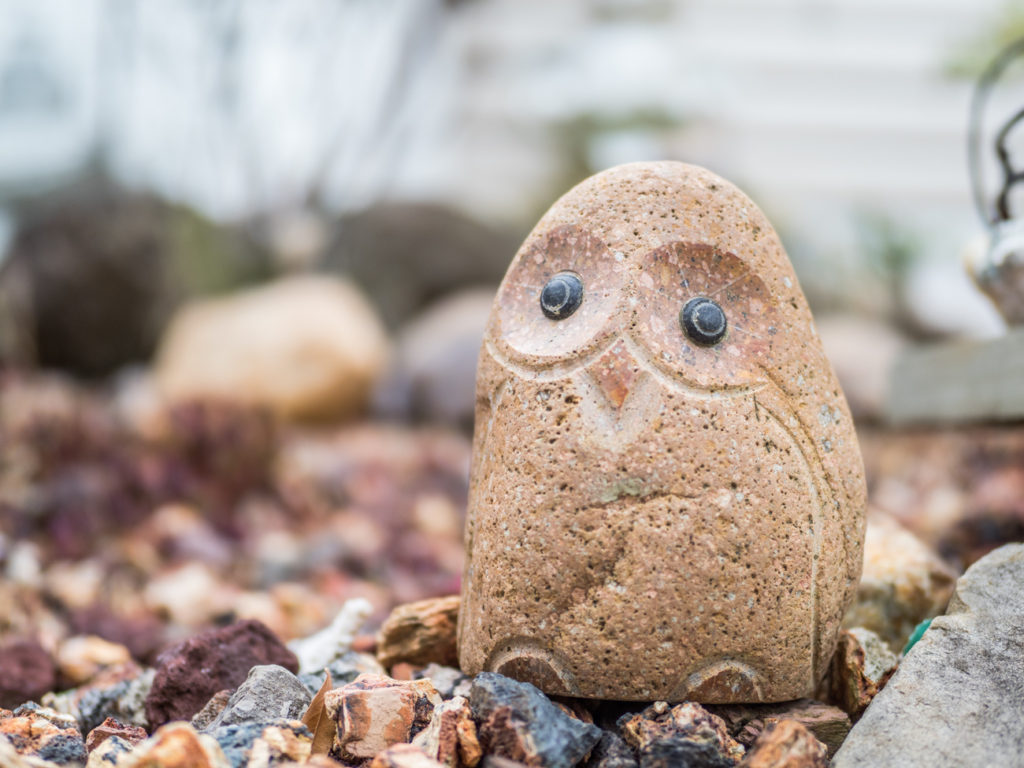
Here is another example where the background elements just blend. They are very busy, rocks, plants and branches sticking up, etc… And they all just merge into a diffused bokeh ocean. Everything just melts away from your main subject. It is quite nice.
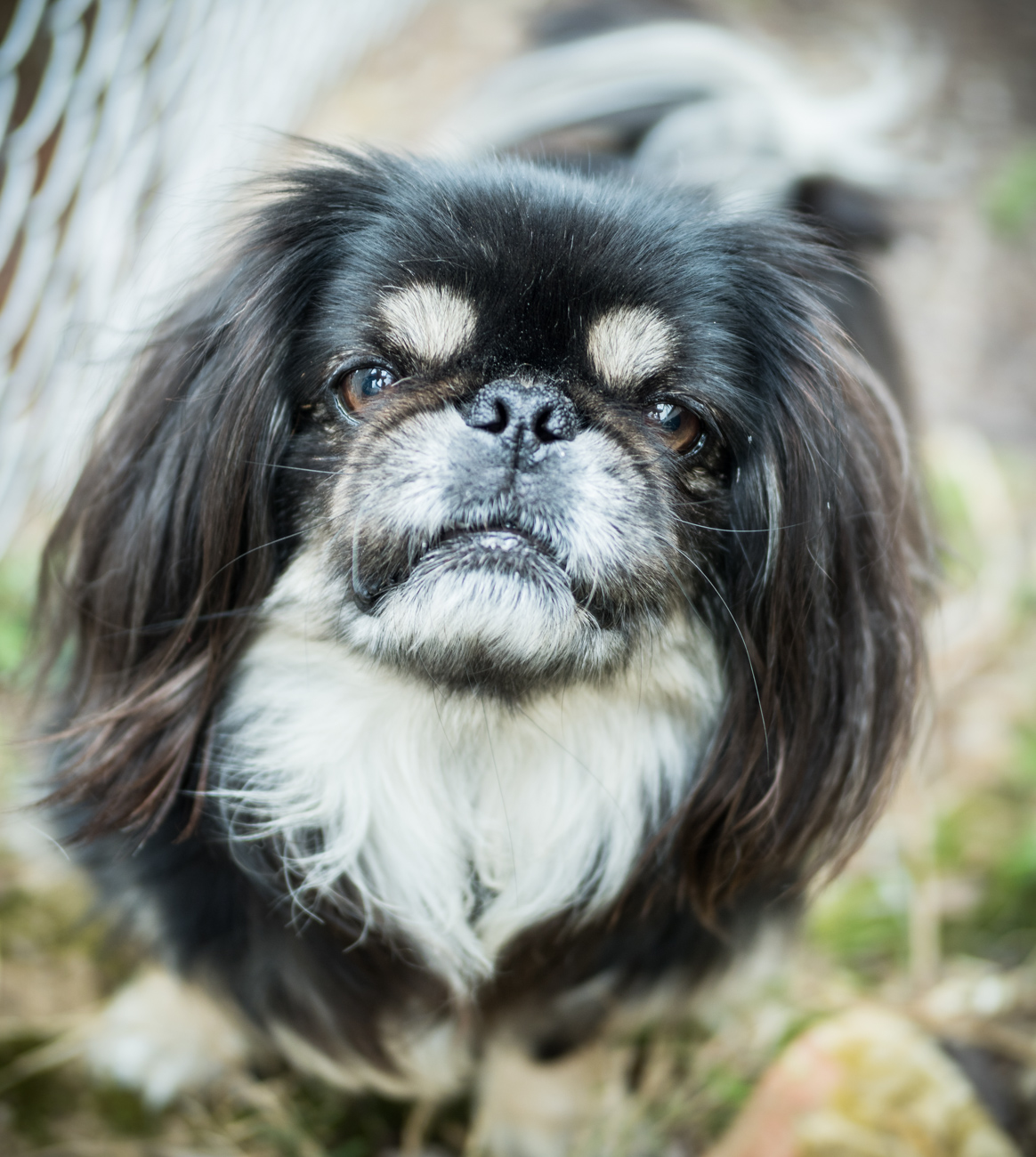
Often people complain when bokeh is busy or no good. Often bad bokeh is quite visible. We rarely pay attention to the good bokeh. This lens has the kind of bokeh where you notice it in images. I find myself thinking…wow that background is smooth. Or wow, those details really melted away. I guess we can say this is noticeably good.

This was shot right into bright light coming through the window towards the camera. Contrast was still great. Even pointing into the sun yielded very little sunstar or major flare compared to other lenses. Resolution is great in this shot.
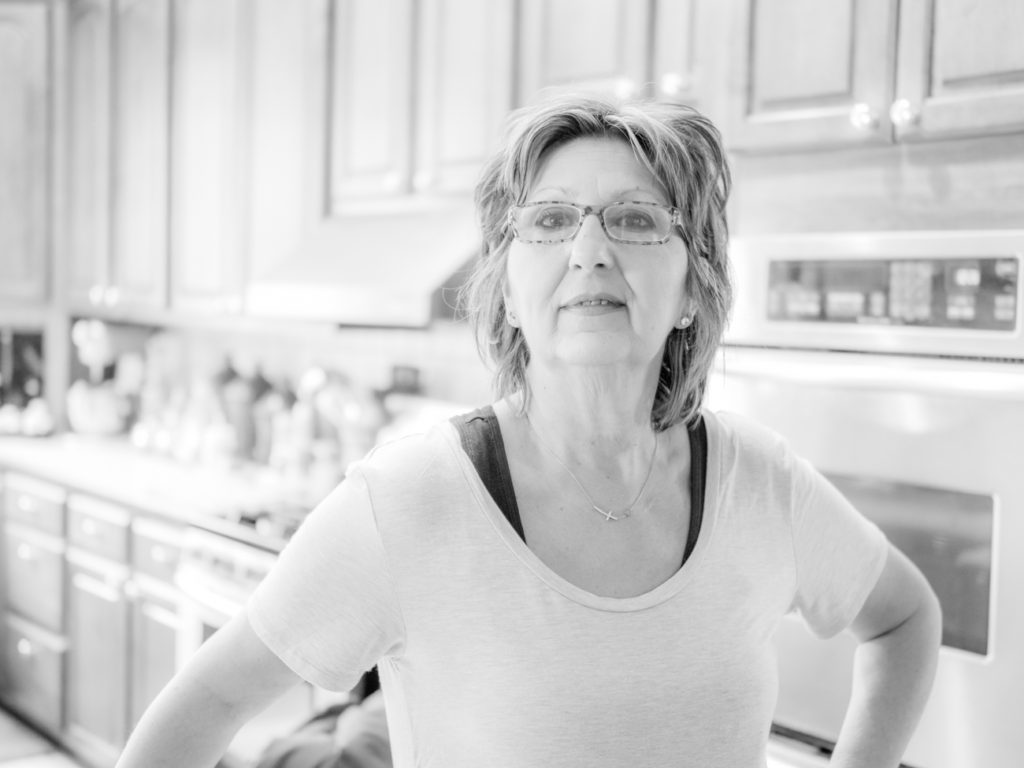
So here is where we start talking about the difficulties of such fast apertures. Portraits are especially where you will notice the big draw back of F/1.2. Focus and recompose is NOT a technique to use at such a fast aperture. Depth of field is so small that the recomposing after focusing will shift the plane enough to not be as sharp or in focus anymore. You will have sharp focus…just not exactly where you intended. On portraits like, and especially closer up portraits, you absolutely need to use the correct focus point or use facial recognition on the eye. Facial recognition was the best to ensure the sharpest eyes and focus for a portrait.
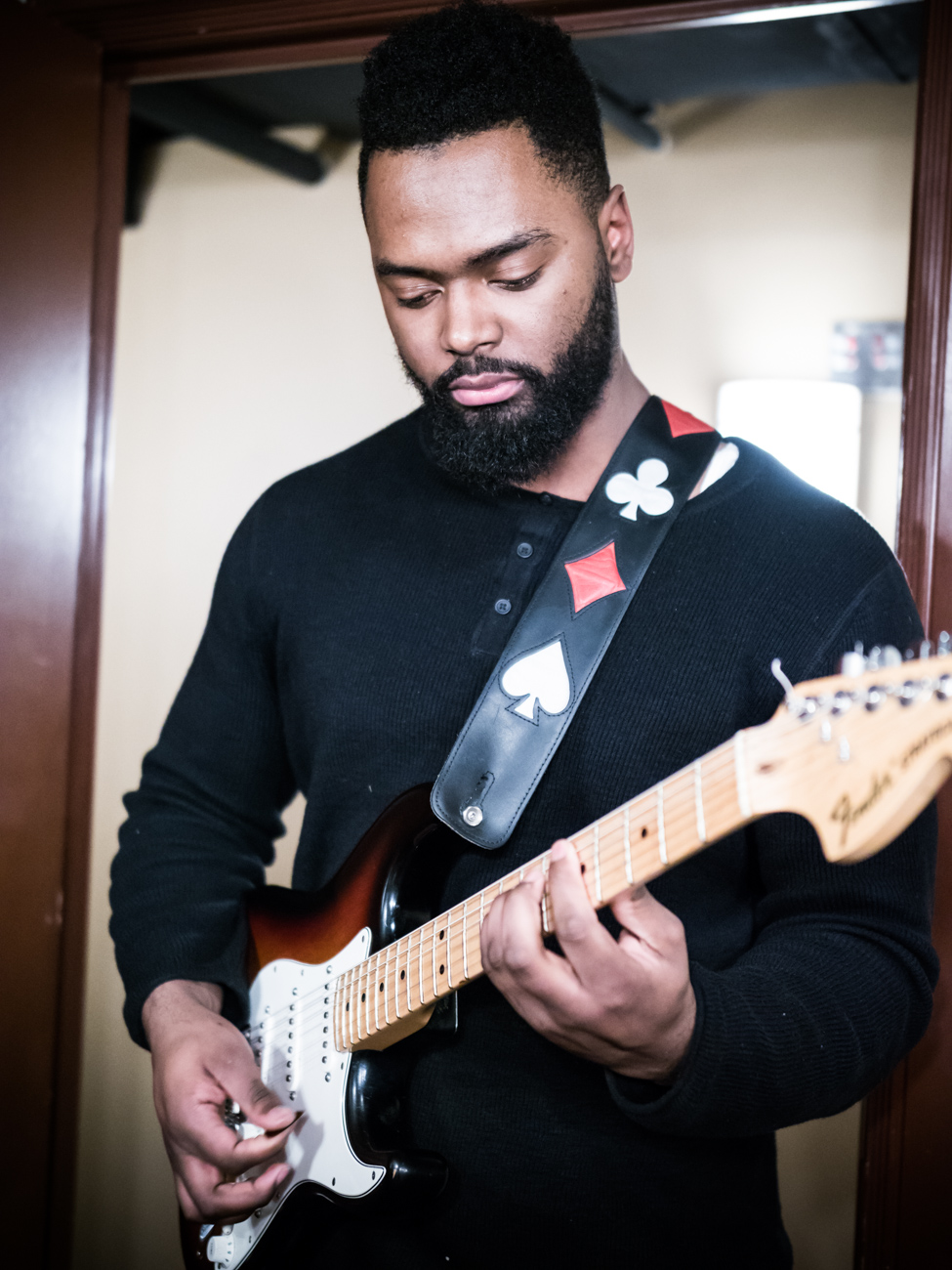
Portraits have a very 3D look with this lens. Great resolution and detail without being overly harsh either.
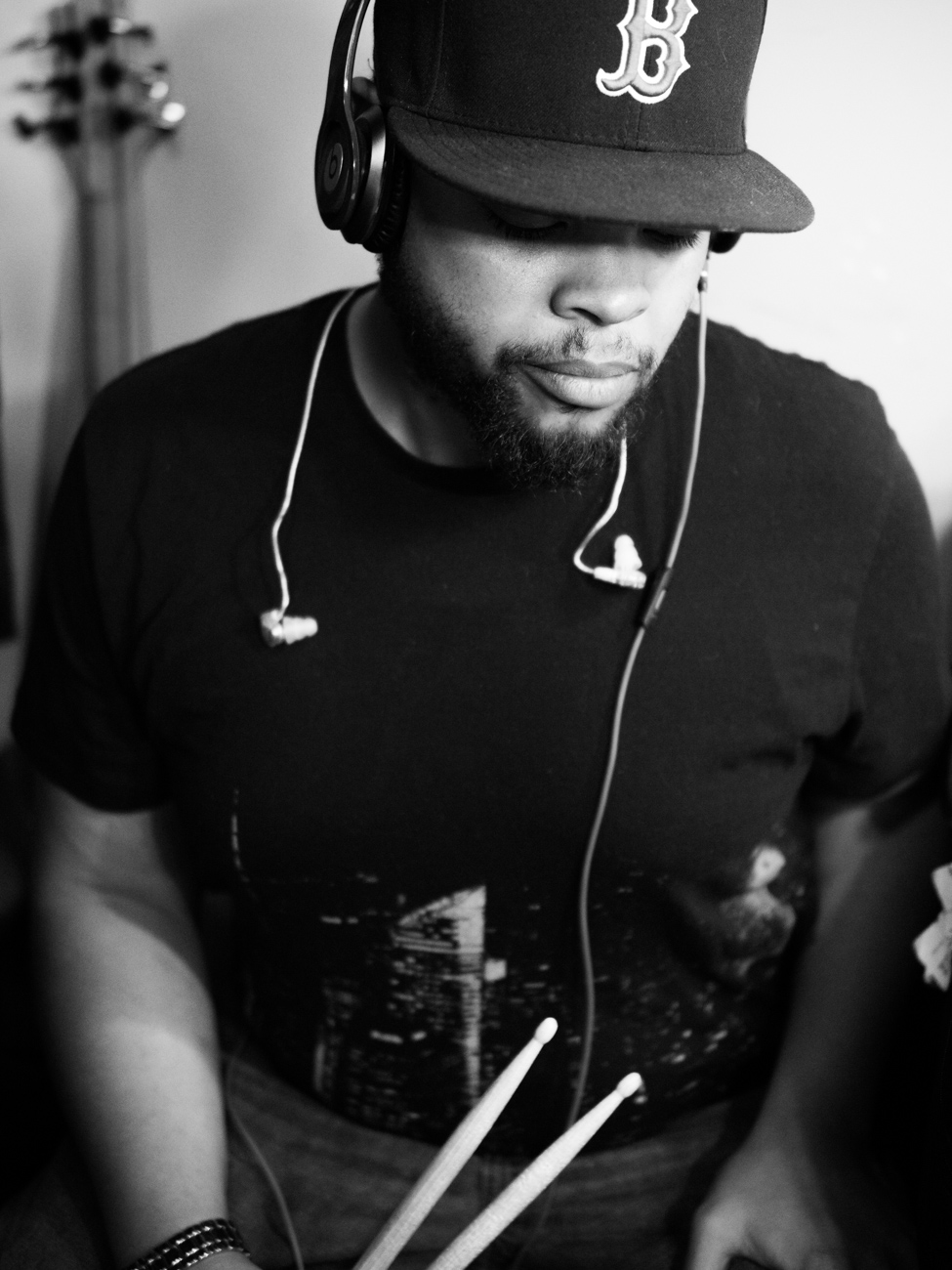
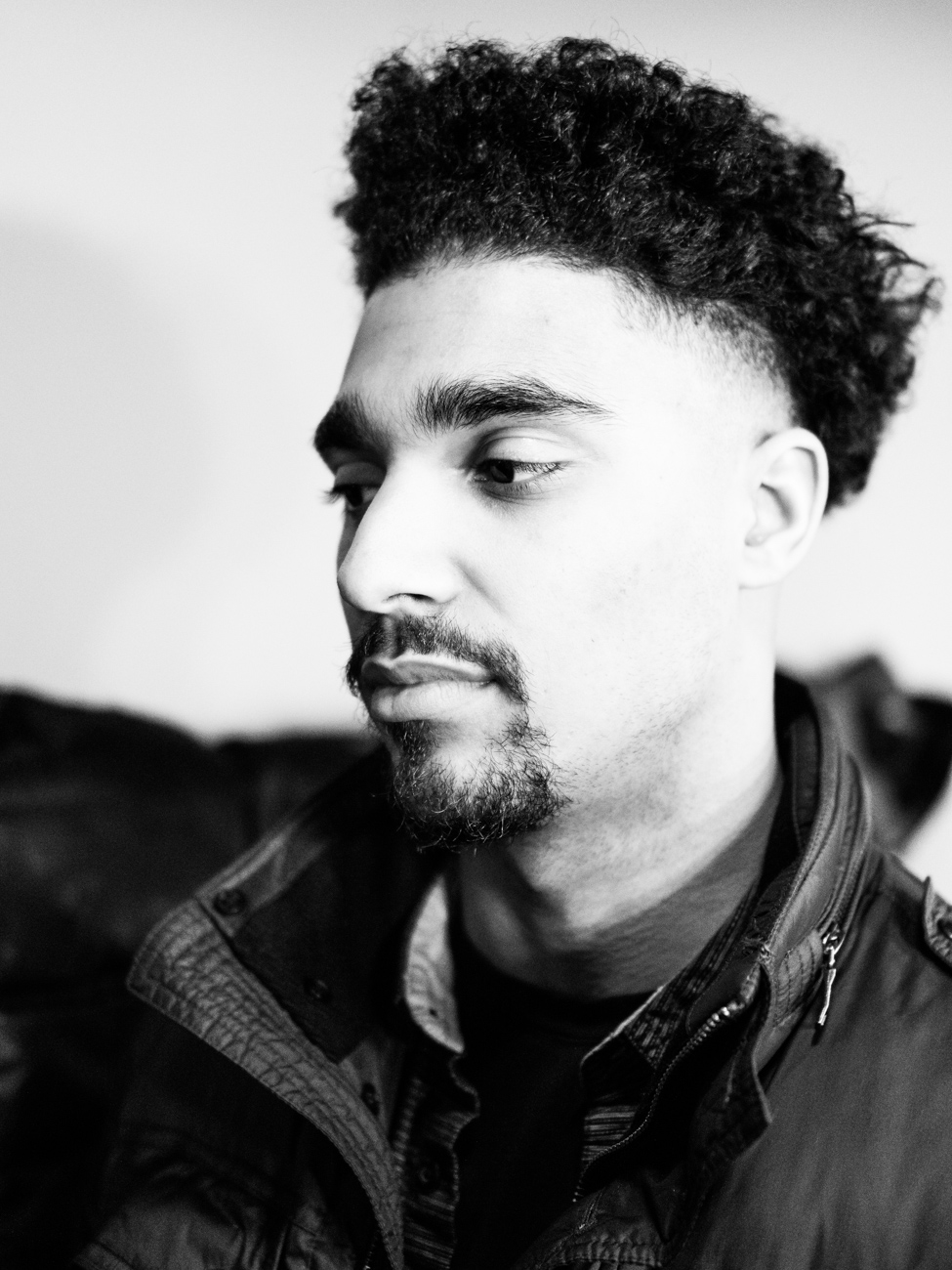
The at most general distances for a portrait the face mask and eyes will be in nice focus. The end of the nose, ears, hair, etc… may begin falling out of focus if they aren’t already. Be mindful of that. F/1.2 even with the crop factor of the M4/3 system yield a 36mm equivalent of F/2.4. That is pretty shallow once you get to 50mm and longer. Especially when you are within 10′. At 10′ wide open, DOF is roughly about 18″. At 5′ widew open DOF is about 5″. Focus becomes less than .5″ by 2.5′ distance. That really gives you a beautiful 3D pop to full body and 3/4 length portraits while keep the majority of the subject sharp. Once you get in tighter you are really only going to have selective focus.
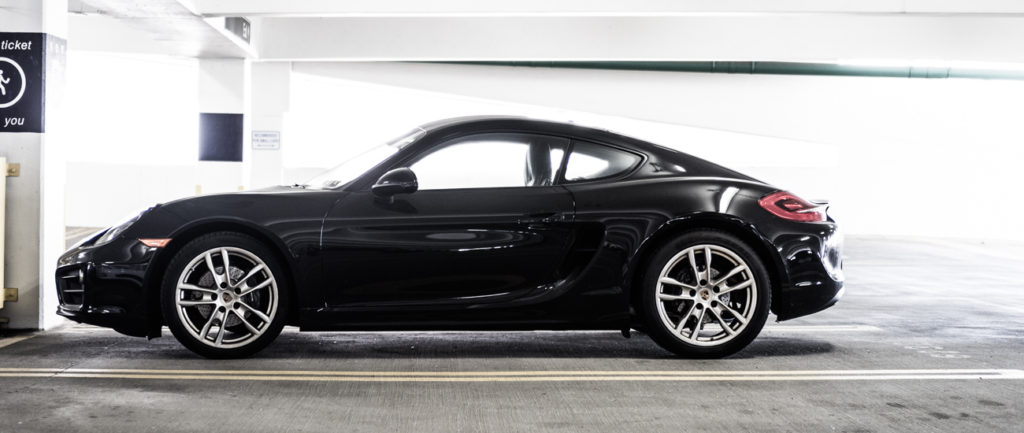
I LOVE the look of this lens with a bit of contrast and some desaturation.
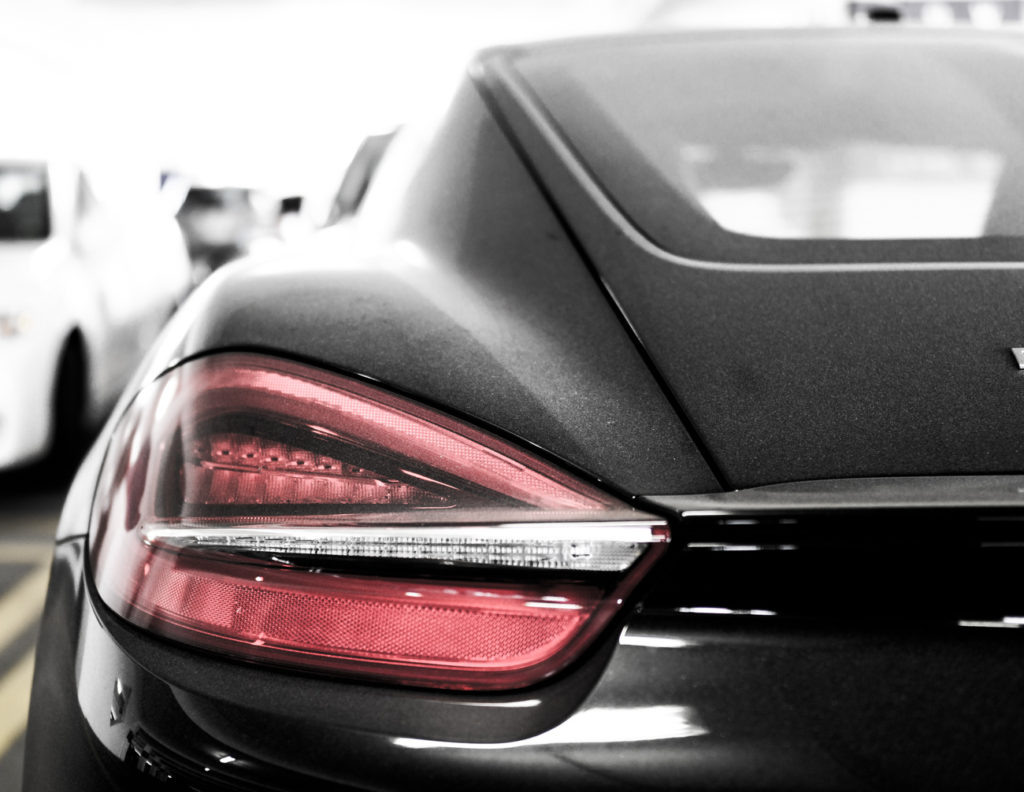
Beautiful resolving in the fine detail of the tail lamps…the bottom red portion. Even wide open this lens really resolves whatever is focus so well.
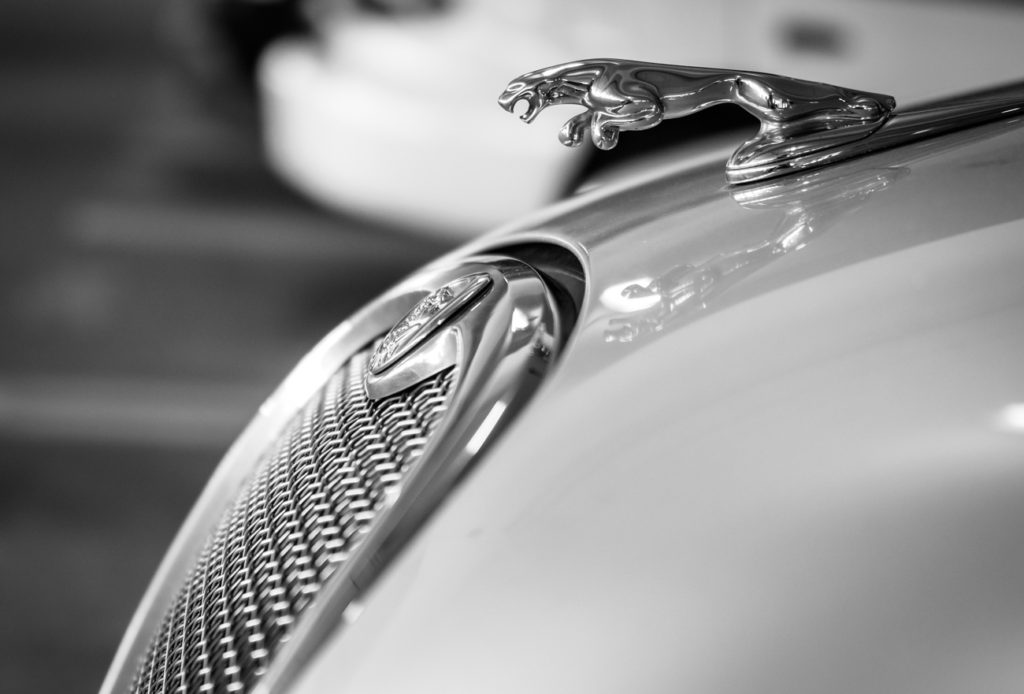
Again, notice the small slice of focus by paying attention to the grill. I am probably 3 feet away.
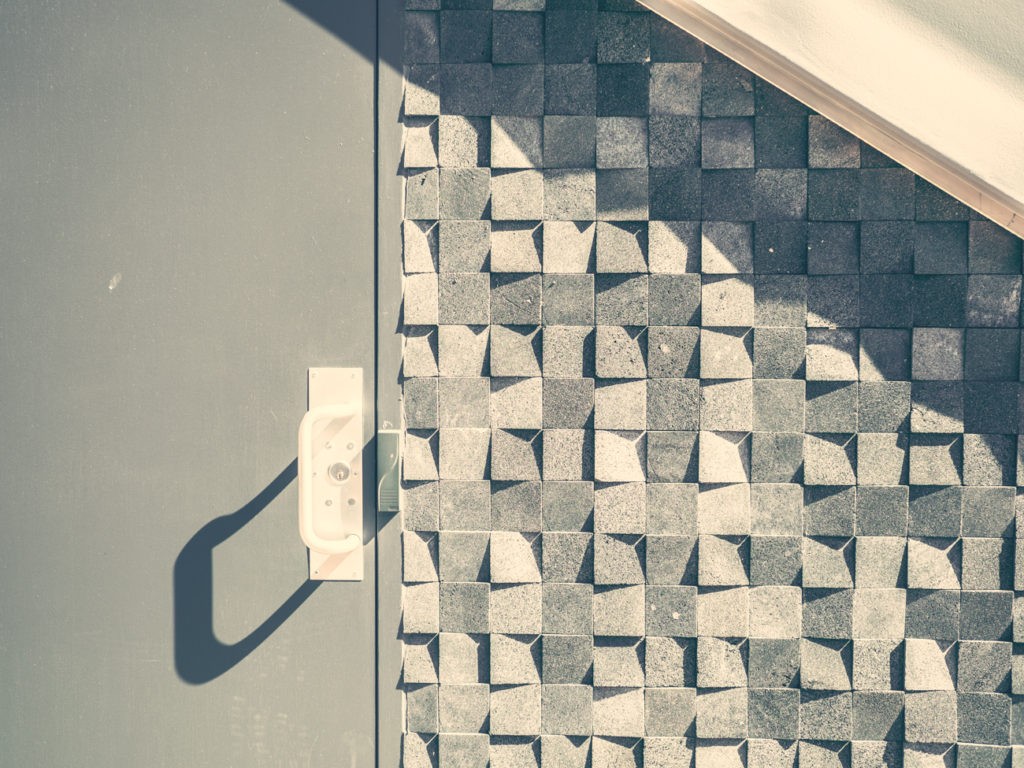
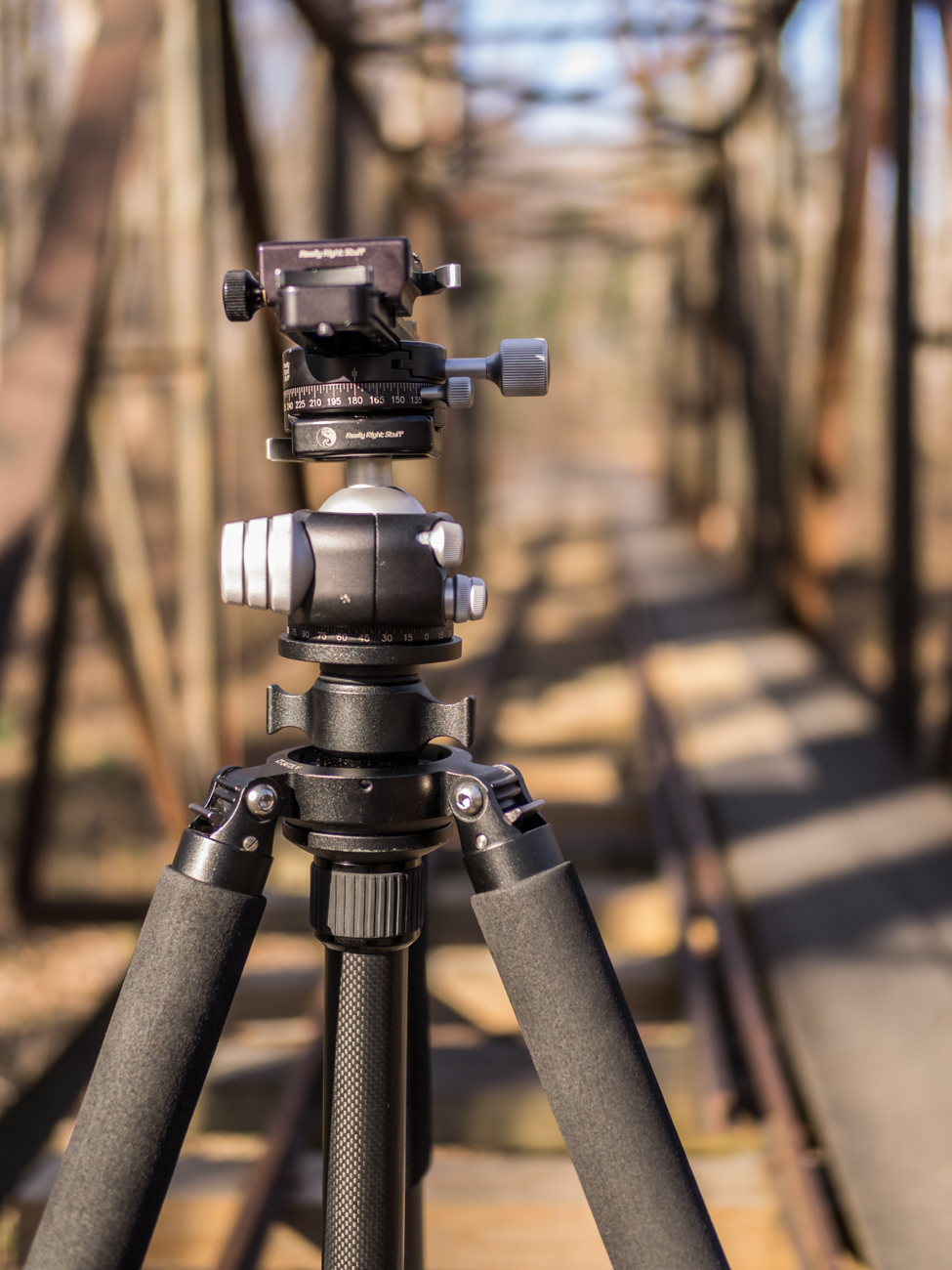
This lens is very deceiving. When you see a shot like this above, it certainly looks like a lot of it is in sharp focus. It is just the small size on the web. The only thing truly in sharp focus at 100% on this images is the text on the ballhead. Everything else slowly is fading out of focus. It still looks sharp at a small size. It is not that the lens is soft…it is just a small plane of focus. So when you see your shots at 100% you will know what is going on if you are looking for sharp everywhere.

Within a foot of the flower you can see how painterly everything around it blurs out. Literally the only thing in focus is the very center of the flower and a few other patches that land in the slim plane of focus.
I really love this lens. I think many people might not be expecting how shallow depth of field really is. If you like to get up close, you need to be seriously careful and precise with your focusing. Even then, most of the image will be falling out. I personally love to get close. This lens focuses extremely close at around 11″. The Canon 50mm F/1.2 only gets down to 18″ roughly. Leica 50mm lenses stop at around 27.” Being able to get that close with this focal length is amazing. I was never a huge fan of 50mm. I preferred 35mm myself on a 36mm camera. However, I have really grown to love this field of view on m43 cameras. Part of this is because of the amazing close focus. I am surprised by how much I really enjoy shooting with this lens. It is a lens you can leave at F/1.2 and have fun with. Even in pretty bright daylight shutter speeds were manageable on the E-M1 without having to go into electronic shutter. I often found myself at 1/6000 in bright sunny settings. If you are shooting into the light, you may have to stop down a bit or use a neutral density filter. I always have a filter with me, but I have yet to use it.
To wrap this part of the review up…here are the pros and cons.
Pros
– Amazing manual focus smoothness on screen
– Gorgeous gorgeous gorgeous bokeh
– Nice feel in hand, solid
– Excellent close focus
– The usual Olympus pro features like weather sealing, metal build, function button, etc…
Cons
– In an of itself… nothing really. The downsides are really just outcomes of what this lens is, but any lens that is similar will exhibit the same. I don’t see these as downsides, but more of things to be aware of to get the most out of the lens.
– There was slight chromatic aberration in very back-lit high contrast scenes…but it wasn’t everywhere. Pretty mild too.
– Absolute need of a lot neutral density if you want to shoot video at 1/48 or 1/60th of a second at F/1.2 during the day.
– Need to use specific focus points or face recognition to nail focus, focus and recompose doesn’t work well up with such shallow depth of field.
– The lens is large.
JOIN OUR FACEBOOK GROUP
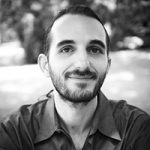
“I am a full time commercial photographer specializing in architecture and panoramic imagery. I love working with all kinds of businesses and creative people in various industries to help them visually achieve their goals. I also love landscape photography and spending time creating images of insects and the natural world. I started the Unlocking Olympus site with the goal of helping others liberate their creative passion for photography through smaller and lighter gear. It has grown into an amazing community that has been a joy to interact with on a daily basis. Thank you my friends!”

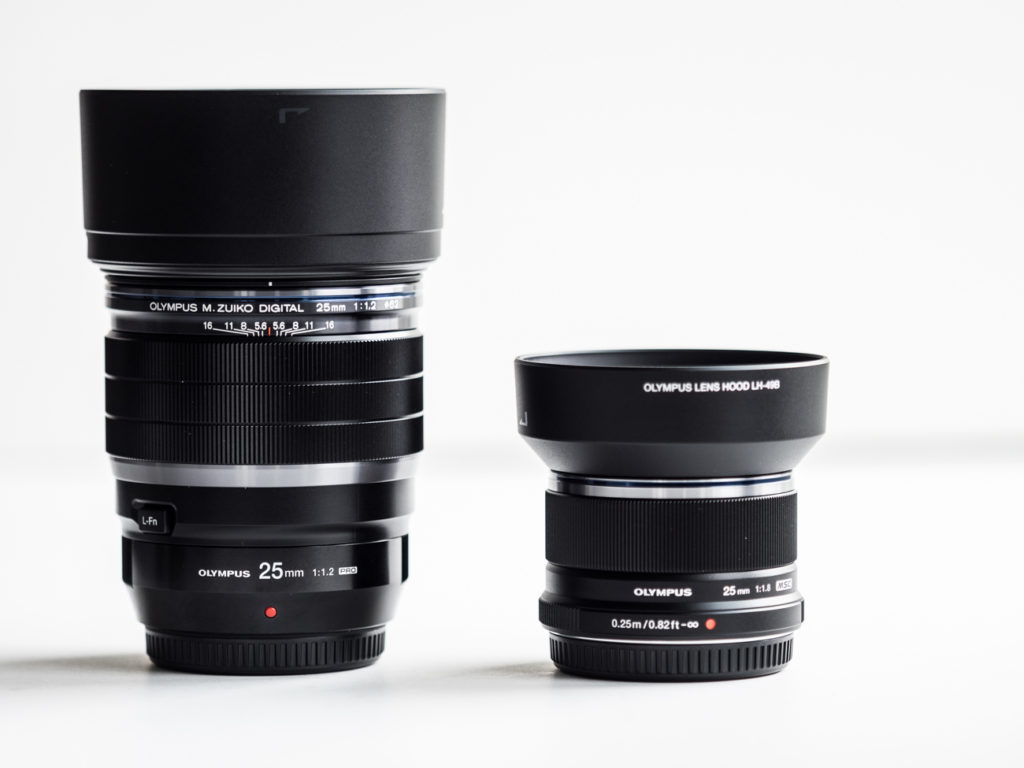



Alex Zafer
April 21, 2017 @ 17:05
Good review and fine comparison. I mostly use the 17mm 1.8 as a walk-around for my street photography, however, I’ve been on the fence too… and settling for the 25mm 1.8. I think mostly it is about size for me. I was also leaning towards the 25mm Pana/Leica 1.4 — but the size of the Oly is swaying me, not to mention it is also half the price of the Pana.
The Photonerd
April 21, 2017 @ 17:14
Thanks for your grate comparison. I would go for the 1.8 version because
of weight and cost but I went on with the Panasonic 25mm 1.4 😉
This
lens is not as big as the 1.2, it is light and it performs very well on
the E-M1. In fact there is another lens that needs to be considered in
this comparison, the Sigma 30mm f1.4.
As you see you have a lot of “low cost” options to get more light on your sensor if you look around.
Samuel L. Mingo
May 2, 2017 @ 07:39
I think the 1.2 would be great if you were in some harsh conditions, and needed weather sealing. Other than that, I don’t think you could justify the added size and weight if there wasn’t any sort of light gathering ability. I have the 1.8 and it stays on my camera because it’s small, light, sharp, and generally just gets out of my way. I feel like the 1.2 would get in my way, and equipment that gets in the way is never good.
H_
May 4, 2017 @ 19:33
I had the 1.8 and upgraded to the 1.2…
I think that the 1.8 lens does not provide enough background blur when you want to fit a larger subject (like a 3/4 or full person) in the frame. The 1.2 is just enough.
Also I think that the transition between focused and out-of-focus areas looks smoother with the 1.2 (even when stopped down to the same 1.8). Plus I love the subtle “swirly” quality of the background, as seen in the first turtle photo here.
I’m saddened by the size and weight, but finally I’m getting the smoothness I wanted.
Oh and the lens hood of the 1.8 lens is really crappy. Kept falling off while walking.
pdelux
May 5, 2017 @ 04:10
As an owner of the Pro lens, I agree with your decision to stick with the 25 1/8. I think the points you made that it works for your needs are very well thought out.
As for me I do like the Weather sealing and yes the Manual Focus is a dream to use, for a while I thought it was real manual focus as it is just like my Voigtlander 17.5mm. I cant believe its Focus by Wire. I am finding I am using the manual focus now more often because the AF cannot be trusted at such thin DOF especially with faces that are not front on where it cannot obtain EYE focus, not ony my lowly Em 5 MK 1 with its large focus box.
i think the main advantage is you can step back and take wider shots than the F1.8 and still have smoother bokeh and transitions. So your point about the 1.8 being wider is true – but it depends if you still want really smooth bokeh, you can step much further back with the PRO lense and as they say “have your cake and eat it too”. These are the type of shots I like – more than the close up shots where only a sliver is in focus. This is where the lens really shines and gives the most 3d look because you capture alot of foreground as well as the background – and the smooth transitions from OOF to Focus to OOF really gives a 3D look.
Ted Ramasola
September 23, 2017 @ 10:36
Thank you for doing this review, Tony. I like that you did a side by side. I am mostly a video shooter using Lumix cameras with adapted lenses. I did not yet commit to m4/3 lenses and only have the 12-35mm f2.8 from lumix. I am currently testing the Olympus 25mm f1.8 and my frustration with most af native lenses are the lack of a good manual option. The lumix lenses I have tested, including the 25mm f1.7 lumix all RESET their focus settings when the camera is turned off and on again. So my question to you is this, in your test of the Olympus 25mm f1.2, when you engage the manual focus clutch, will it have,
1. Hard focus stops that are repeatable, (I might need this when using a follow focus)
2. With the clutch engaged, will the focus settings remain even when camera is turned off and on again? I need this when using the camera on a film set where we might take a break and need the same settings upon return.
Again, thanks for your review.
Ted Ramasola
September 23, 2017 @ 12:07
Thank you for doing this review, Tony. I like that you did a side by side. I am mostly a video shooter using Lumix cameras with adapted lenses. I did not yet commit to m4/3 lenses and only have the 12-35mm f2.8 from lumix. I am currently testing the Olympus 25mm f1.8 and my frustration with most af native lenses are the lack of a good manual option. The lumix lenses I have tested, including the 25mm f1.7 lumix all RESET their focus settings when the camera is turned off and on again. So my question to you is this, in your test of the Olympus 25mm f1.2, when you engage the manual focus clutch, will it have,
1. Hard focus stops that are repeatable, (I might need this when using a follow focus)
2. With the clutch engaged, will the focus settings remain even when camera is turned off and on again? I need this when using the camera on a film set where we might take a break and need the same settings upon return.
Again, thanks for your review.
Eric
September 25, 2017 @ 08:26
Hi Ted,
In case Tony doesn’t get back to you, I’d like to give you my experience with the Olympus clutch (albeit on the 12mm 2.0, so it might be different with this 25mm 1.2).
Like you, I found it frustrating as all hell when my focus would have to be reset when the camera was turned off or went to sleep between takes. With the Oly lens and the clutch “disengaged” (pulled back to ensure full manual control), the focus point does indeed remain the same.
I only hope the results are the same with this 25mm lens as they are with my little 12mm!
Ted Ramasola
September 25, 2017 @ 20:46
Thank you for sharing your experience, Eric.
Jin Wan
October 21, 2017 @ 05:09
Thanks for your very helpful review Tony. I currently have the Panasonic 15mm f1.7 but it doesn’t seem to play too well with my Olympus OMD-EM5 Mk2, so I was contemplating perhaps the upcoming Oly 17mm f1.2 Pro… OR… for a LESSER price, get BOTH an Oly 17mm and 25mm f1.8. I think your review above convinced me of the latter, because frankly, having already got the Oly 12-40mm Pro lens, like you, I’m now much preferring to smaller size lens (that was what the micro four thirds system is meant to do). Appreciate the review.
Thinkinginpictures
February 13, 2018 @ 02:52
Lensrentals did a review of all the M43 25mm’s. Seems to echo your findings here. The 25mm 1.8 really is a surprisingly good lens for the money. I’ve done test shots against my loxia 50mm on an A7. It can really give the 50 a run for it’s money. No, the sensor and lens combination doesn’t resolve quite as much. In the center under 24MP though, you’d be hard pressed to see seriously massive difference. I really wish they had re-released a 25 and 45mm with better build and aperture rings. Perhaps 9 blades. Instead we got bazooka sized lenses at Zeiss prices. I’m not complaining but for me…that’s the brakes.
Marcus Dewinter
January 5, 2024 @ 22:24
I own the 45mm f/1.2 and I absolutely love it. It has replaced the f/1.8 version and I never looked back. The 25mm is not as good I’m afraid, so I’ll keep my Panasonic 20mm, which is a fantastic little lens.
Menno
March 9, 2024 @ 13:35
Ha Marcus,
In my opinion the difference between the 25mm f/1.2 and the 25mm f/1.8 is the same as the difference between the 45mm f/1.2 and f/1.8 lenses. (I own all of these lenses).
Although the f/1.8 primes are very good, and off course very portable compared to their Pro-counterparts, the rendering of the Pro lenses can be phenominal. But in the end you can’t go wrong with any of these lenses.
Tony Robinson
January 18, 2025 @ 00:05
Hi Tony.
Thanks for your thoughtful and informative review. I own all three of the Pro f1.2 primes and really enjoy the user experience, the weather sealing, functionality and more importantly the consistency of the output of these lenses compared to the f1.8 primes on my EM1 Mkiii (which I now use with my Pen EP5).
Whilst the f1.8 primes give excellent results, the Pro series offer the same sharpness at f1.2 that the M.Zuiko set give at f1.8 and have, in my experience better micro contrast and way better rendering, edge to edge. They also share the same cap and sun hood size as the 12-40mm f2.8 Pro zoom, with no need to remove/replace a decorator ring in use. If you are a Pro photographer or a serious hobbyist, I recommend you take a look at them and consider the used market if you want to give one a go. Regards. Tony.